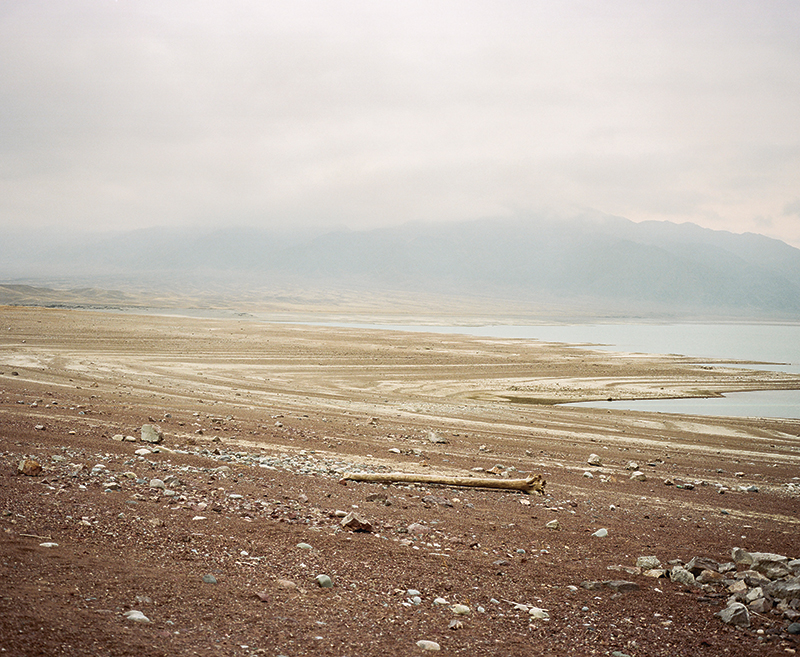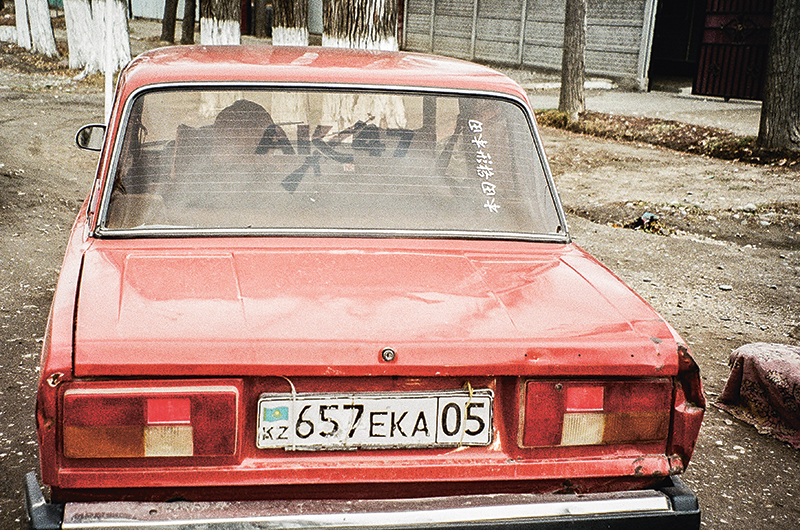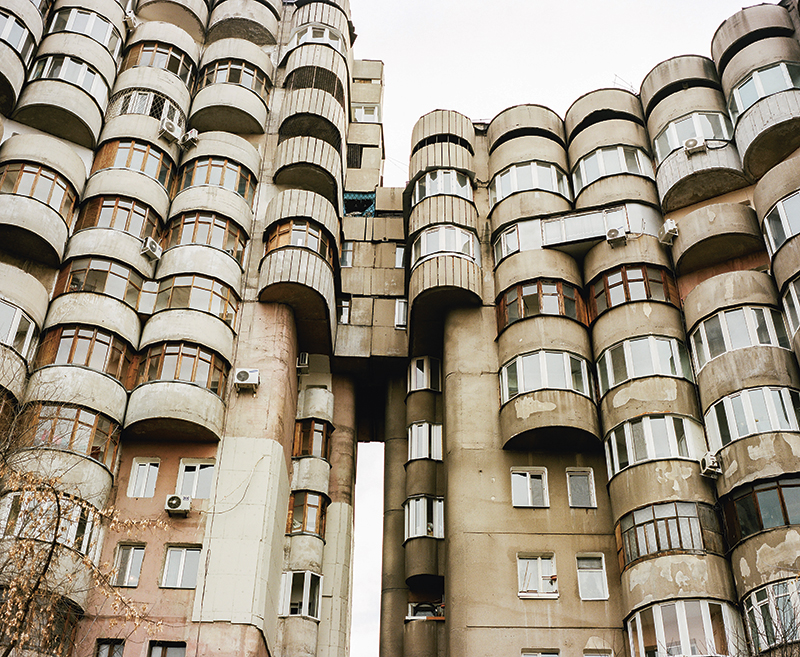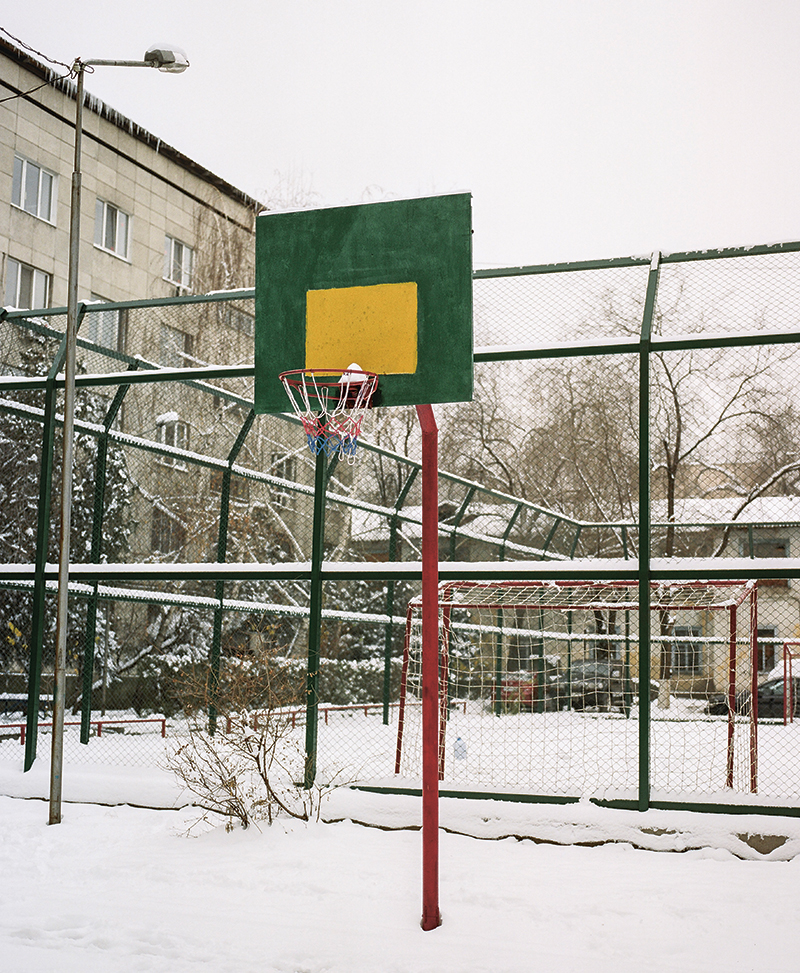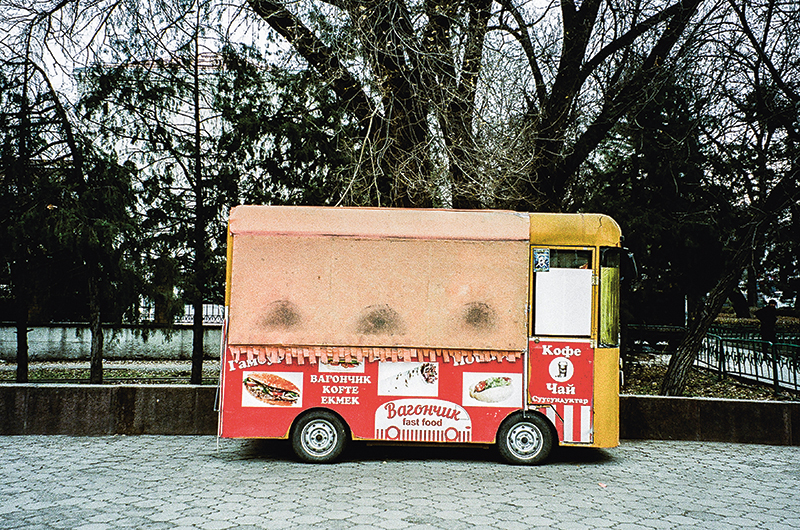Kazakhstan — A rising Hunger
After spending the majority of the previous century under Soviet domination, the people of Kazakhstan — the world’s largest landlocked country — are hungry to demonstrate their own identity and capability on the world stage.
Today, Kazakhstan is a unitary state run by its first and only president, Nursultan Nazarbayev, who took power after the country’s independence from the USSR in 1991. Nearly a century of rule by the Russian Empire began when settlers entered the territory in the 1890s, erupting into conflicts between locals and settlers, which eventually manifested in the Central Asian Revolt in 1916. Following a brief period of autonomy, the territory was absorbed into the Russian Soviet Federative Socialist Republic in 1920. The people of Kazakhstan suffered great oppression during the Great Purge when Stalin ordered the killing and deportation of the cultural and political elite, angering the Kazakh people who had consequently grown poorer, suffering from decades of starvation, death and exile as Communism took its stronghold. Tensions grew even more when in 1947 the USSR opened a nuclear testing site near Semey, leading to disastrous ecological consequences still evident today. With the eventual weakening of the Soviet Union and growing unrest among young Kazakhs eager to demonstrate and protest during the Cold War, the country finally declared sovereignty in 1990, and then independence in December, 1991 making it the last Soviet republic to gain independence just 10 days before the fall of the USSR.
Beginning in the 1990s, Kazakhstan’s need for an independent economy led to a series of urgent and radical reforms, such as price liberalization of consumer goods, industry privatization and the creation of a national currency, the tenge. As Aika Alemi, Kazakh womenswear designer recalls, “during Soviet times, the Kazakh language and identity were strongly oppressed such that by the time of the dismantling of the USSR, 50% of Kazakhs did not speak their own language.” Noting the drastic changes since the country’s independence, “today we are free to speak and learn Kazakh and study our culture, history and heritage.” Heritage, combined with modernity, is exactly Alemi’s modus operandi and design aesthetic, which mixes traditional hand-craft techniques like patchwork and quilting with fluid, ethereal silhouettes. Her work highlights how Kazakhstan is a country on a road of transition between the past and future, whose people are hungry for change: “It is as if we have been asleep in the past and now we are resurrecting who we really are from within the deep oblivion,” says Alemi.
Thus, the country’s economy is experiencing a shift from agriculture to industry, through increased foreign investment, infrastructural improvement, and government initiatives such as low interest rate loans for entrepreneurs, free education for start-up owners, state-financed roads and export stimulation. Kazakhstan is rich in petroleum, natural gas and mineral resources, and thanks to heavy exportation to China, Russia and Europe, it is the largest oil and petroleum exporter of the Commonwealth of Independent States, and 10th highest in the world.
While mineral and petroleum extraction are the main drivers of Kazakhstan’s economy, they are not the only ones; new industry growth sectors are emerging, such wool and cotton textile and yarn production, food processing, and heavy machinery production. Traditional Kazakh products like carpets and handicrafts are also now being exported all around the world. The country’s largest cities, Almaty, and its capital Astana, boast five-star high-rise hotels, casinos, international restaurants, fast food chains, and indoor entertainment spaces like modern bowling alleys and movie theatres where people can socialize during the harsh winters where temperatures can reach -52 degrees Celsius. The contrast with the past and the visible signs of the Soviet periods still co-exist with the new injections of modernity, an array of old style architectural buildings where most of the people live still characterize the general impression of the city as well as small shops and thrift shops where locals go shopping for cheap clothes and what we may consider as vintage rarities or typical attire from the past but that Kazakh people consider standard clothing.
Photography Joulien Boudet
Words Giorgia Cantarini



